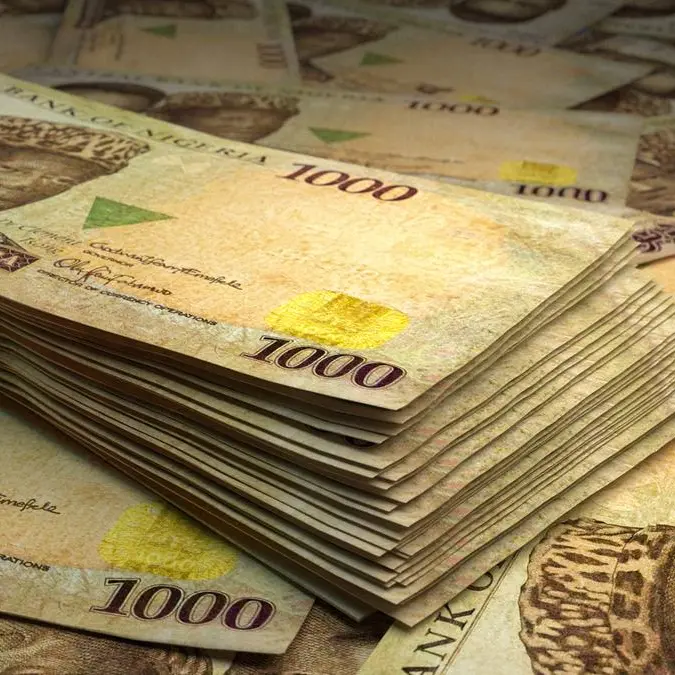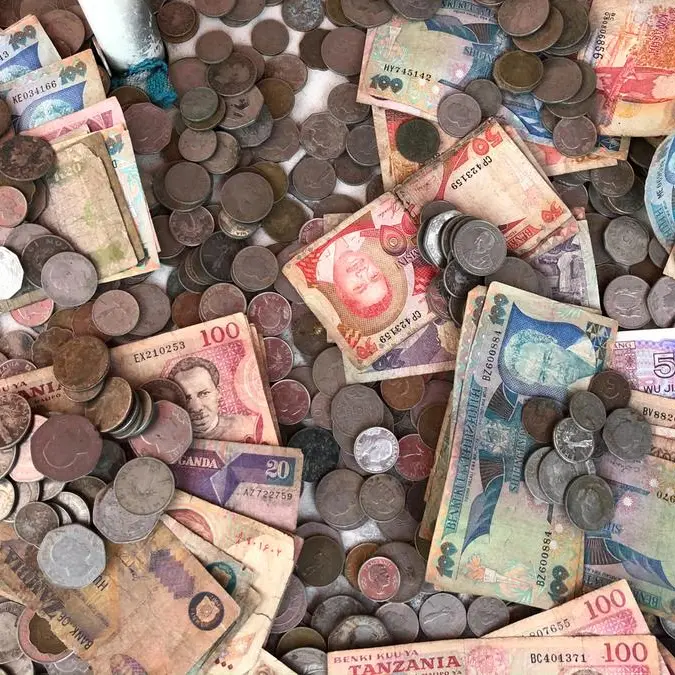PHOTO
A sculpture showing the Euro currency sign is seen in front of the European Central Bank (ECB) headquarters in Frankfurt June 29, 2012.
Euro zone bond yields edged lower on Friday following a U.S. data-driven jump a day earlier, with investors bracing for a week packed with economic data and a meeting of top central bankers in Jackson Hole.
Germany's 10-year yield, the benchmark for the bloc, was down 3 basis points at 2.23% by 1006 GMT. That followed a jump of nearly 9 bps on Thursday on the back of strong U.S. data that boosted confidence in the world's largest economy. Bond yields move inversely to prices.
Weaker-than expected U.S. jobs data earlier in August had fanned worries about a potential U.S. recession, sending bond yields tumbling as traders bet on steeper U.S. Federal Reserve rate cuts.
But yields have rebounded on better-than-expected data in recent days, with investors reducing their bets on a 50 bps Fed rate cut in September.
Despite big intraday moves, the German 10-year yield was set to end the week just one basis point higher, and down just 7 bps so far in August, highlighting the extent of price swings.
Next week investors will scrutinise business activity data for further clues on the extent to which euro zone growth is faltering, and also second quarter negotiated wage growth data that the European Central Bank will look at before its September rate decision.
Central bankers from around the globe will gather in Jackson Hole from Thursday for the Fed's annual conference. Fed chair Jerome Powell's messaging on the bank's September move will be in particular focus.
"Bond markets are facing a reality check as major central bankers are about to give their interpretation of recent data and events, which has led to a profound re-pricing of central bank expectations," said Christoph Rieger, head of rates and credit research at Commerzbank.
On Friday, traders were betting on a more than 95% chance of a 25 bp ECB rate cut in September and around 65 bps of cuts by year-end.
That means they are fully pricing in a second and a third rate cut this year, and see around a 60% chance of the ECB's easing cycle, which started in June, extending to a fourth cut.
As recently as mid-July, traders had not been fully convinced of a third cut this year.
Italy's 10-year yield was down 4 bps at 3.60%, with the closely-watched risk premium, or spread, it pays over the German equivalent at around 137 bps, near two-week lows.
The spread widened as far as 154 bps earlier this month, but has dropped back as other riskier assets like equities and corporate bonds recovered from their sharp selloff in early August.
(Reporting by Yoruk Bahceli; Editing by Muralikumar Anantharaman, Kirsten Donovan)




















